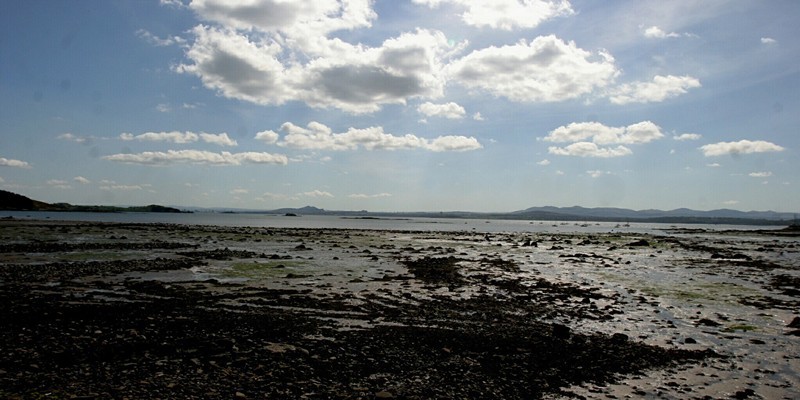Work to identify the source of radioactive particles on Dalgety Bay beach has started.
Dalgety Bay has been identified as a priority for assessment by SEPA, as reports have shown there were continuing high activity radiological hazards present on the beach. And it has been working with the MoD to develop this plan to determine the source of the contamination together with further assessment of any particles that may be recovered this year.
This will provide information on any changes in the number, activity and hazard posed by this contamination. SEPA plans to monitor the beach three times in the next 12 months and test the solubility of the particles greater solubility poses higher risks as it allows the contamination to be absorbed more easily by the body.
Data from the monitoring is expected in early 2012. The MoD will support SEPA’s headland project up to 2013, which will include conducting a survey and sample collection both before and after the investigative work, and will arrange the collection of any radioactive articles recovered by SEPA during the project.
After 2013, the beach will be monitored annually.
Pre-survey work on the headland at the coastal town is under way to lay the ground for Monday, when work to assess whether particles are originating from the headland will begin.
At the beginning of this part of the long-running process the Scottish Environment Protection Agency was unsure whether particles were working their way up from sand layers lower in the beach, from the headland or from an offshore cache.
Work done by the Ministry of Defence has indicated that they are not working their way up from lower layers, so this will allow SEPA to find out if the particles are contained within the headland itself. If this is the case then it may affect what work SEPA does to prevent further contamination.
Radioactive particles were first found on the beach over 20 years ago and numerous surveys have since found traces of radioactive debris containing radium-226 on the beach, in gardens and at the sailing club.
It is widely thought that the particles originally came from paint used on luminous dials on aircraft active during the Second World War Donibristle airfield was nearby.
Numerous surveys have taken place over the years, with the removal of many particles found to be radioactive. However, the area continues to be repopulated by radioactive debris.
The MoD has sought to assist SEPA despite not having been found to have caused or knowingly permitted the contamination in question, defence secretary Liam Fox said last February. Defence Estates has removed radioactive particles from the foreshore to try and reduce the potential hazard.
Dr Fox said that it had been agreed that Defence Estates would continue to work closely with SEPA to resolve the matter.
Earlier this year the MoD team committed to a further programme of monitoring and recovery work in 2011, while SEPA disclosed it was planning to undertake this work on the headland at Dalgety Bay, which may be one possible source of contamination.
